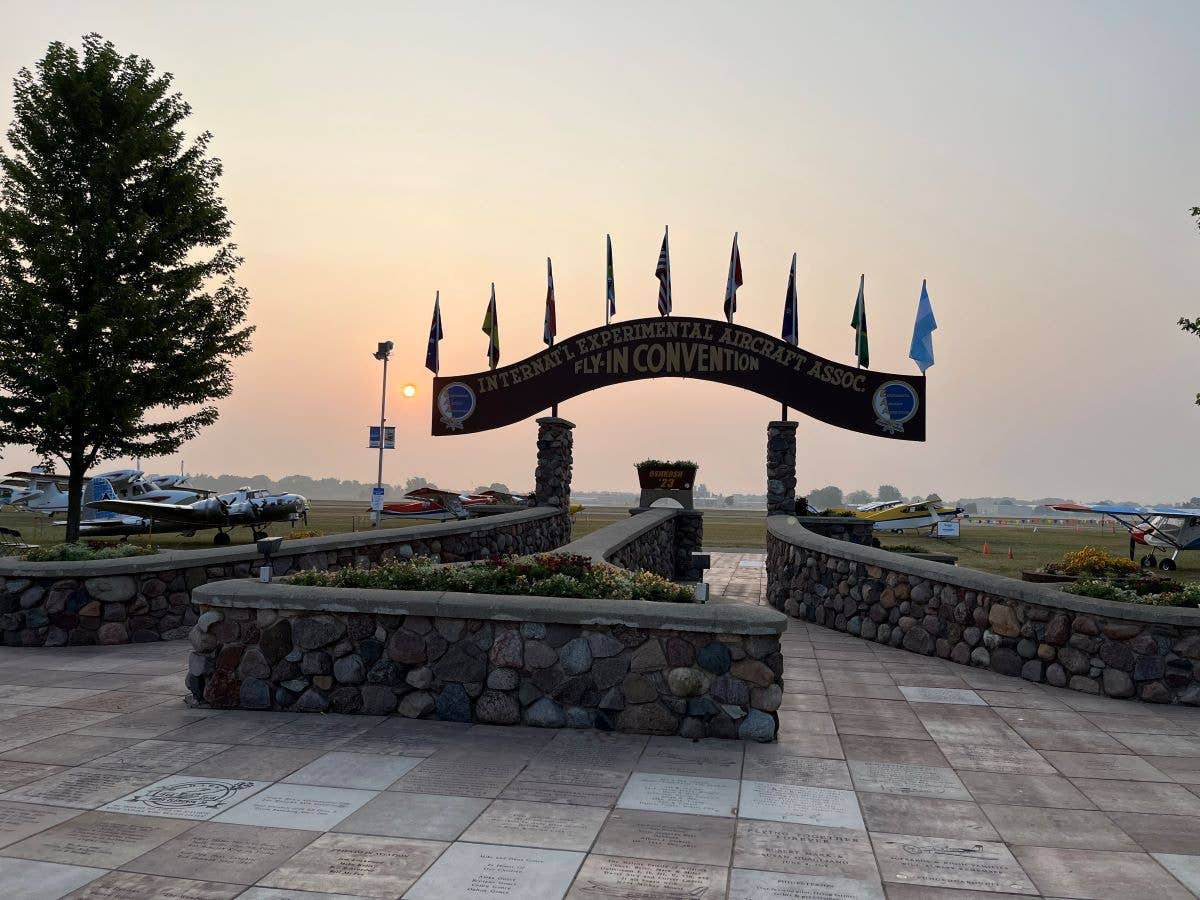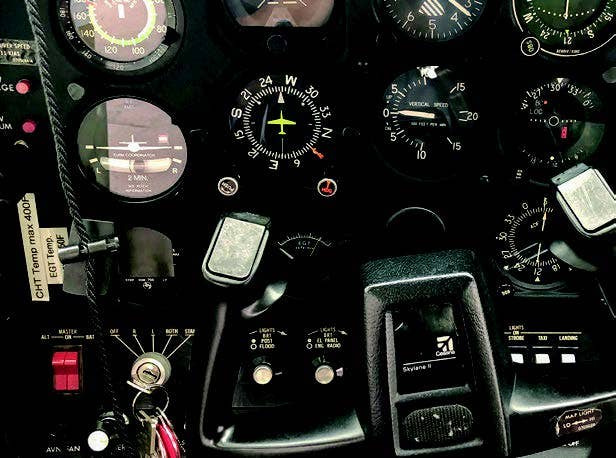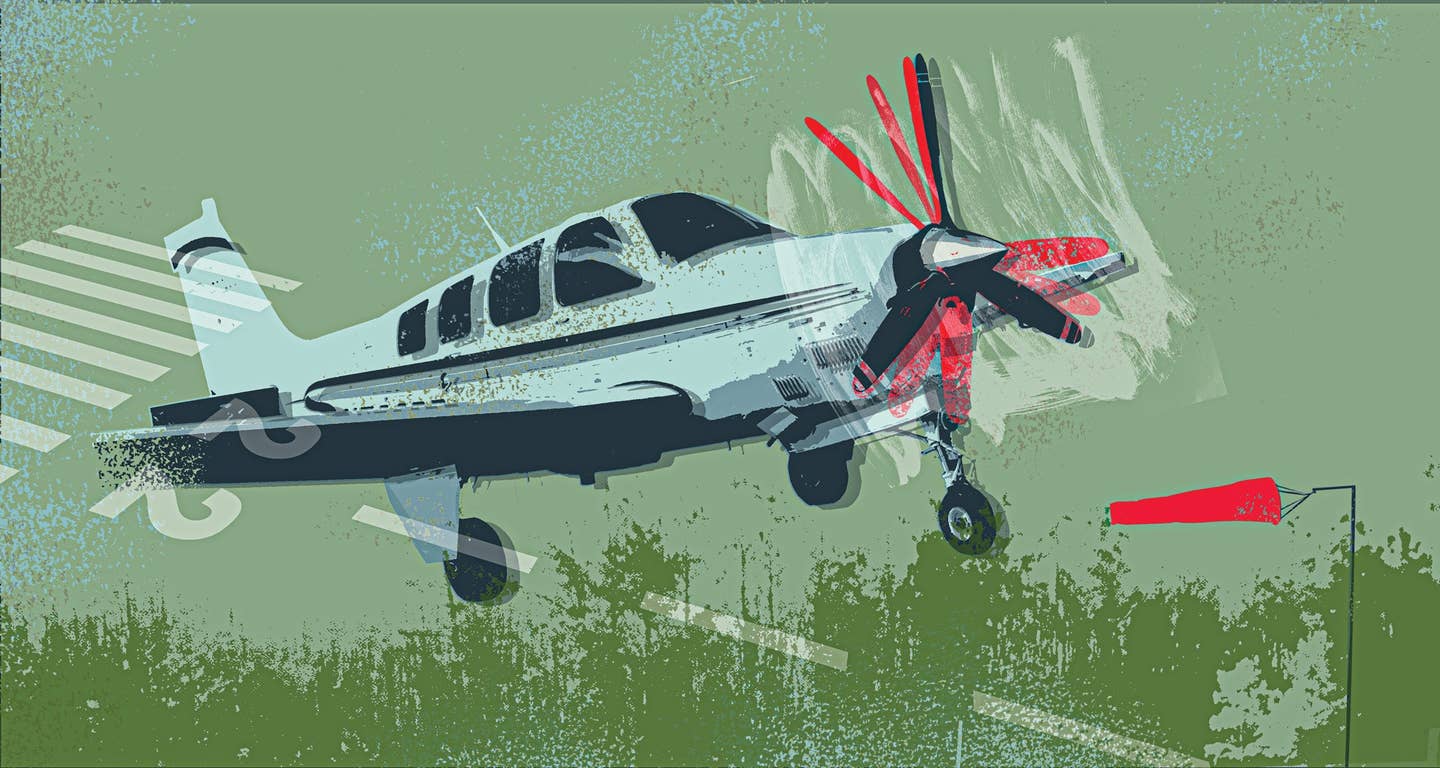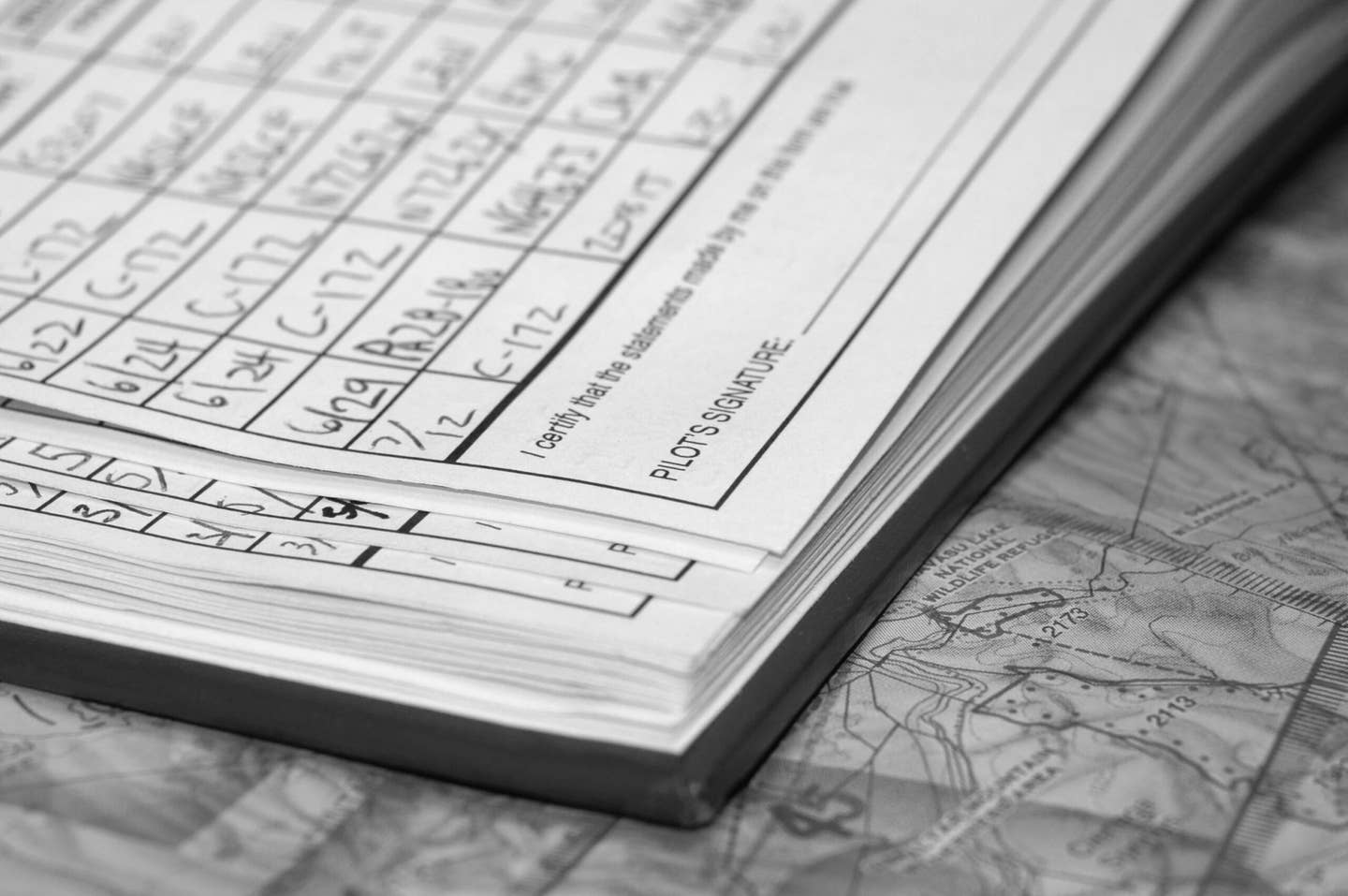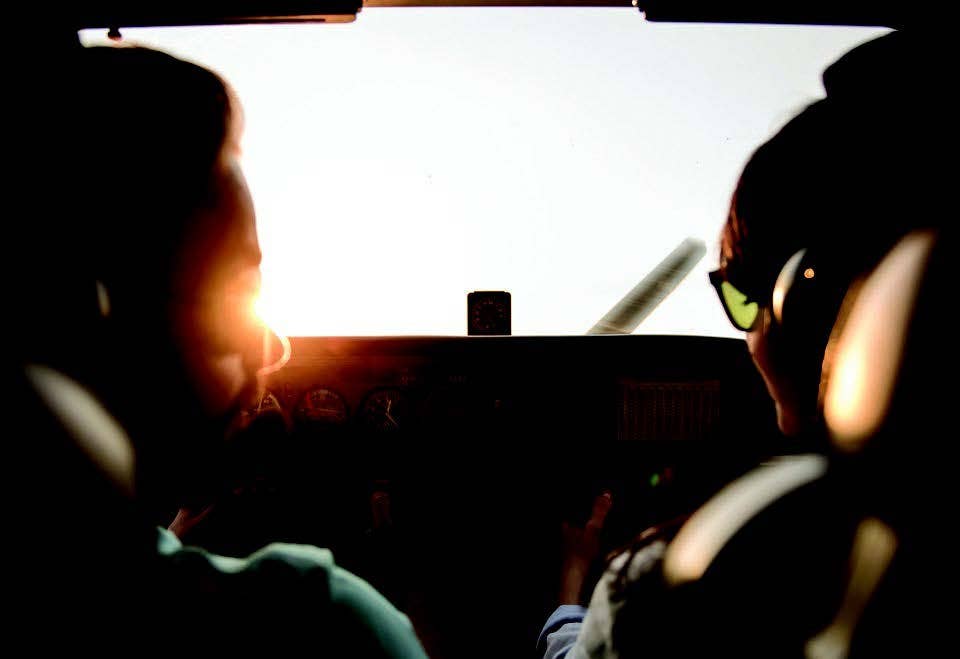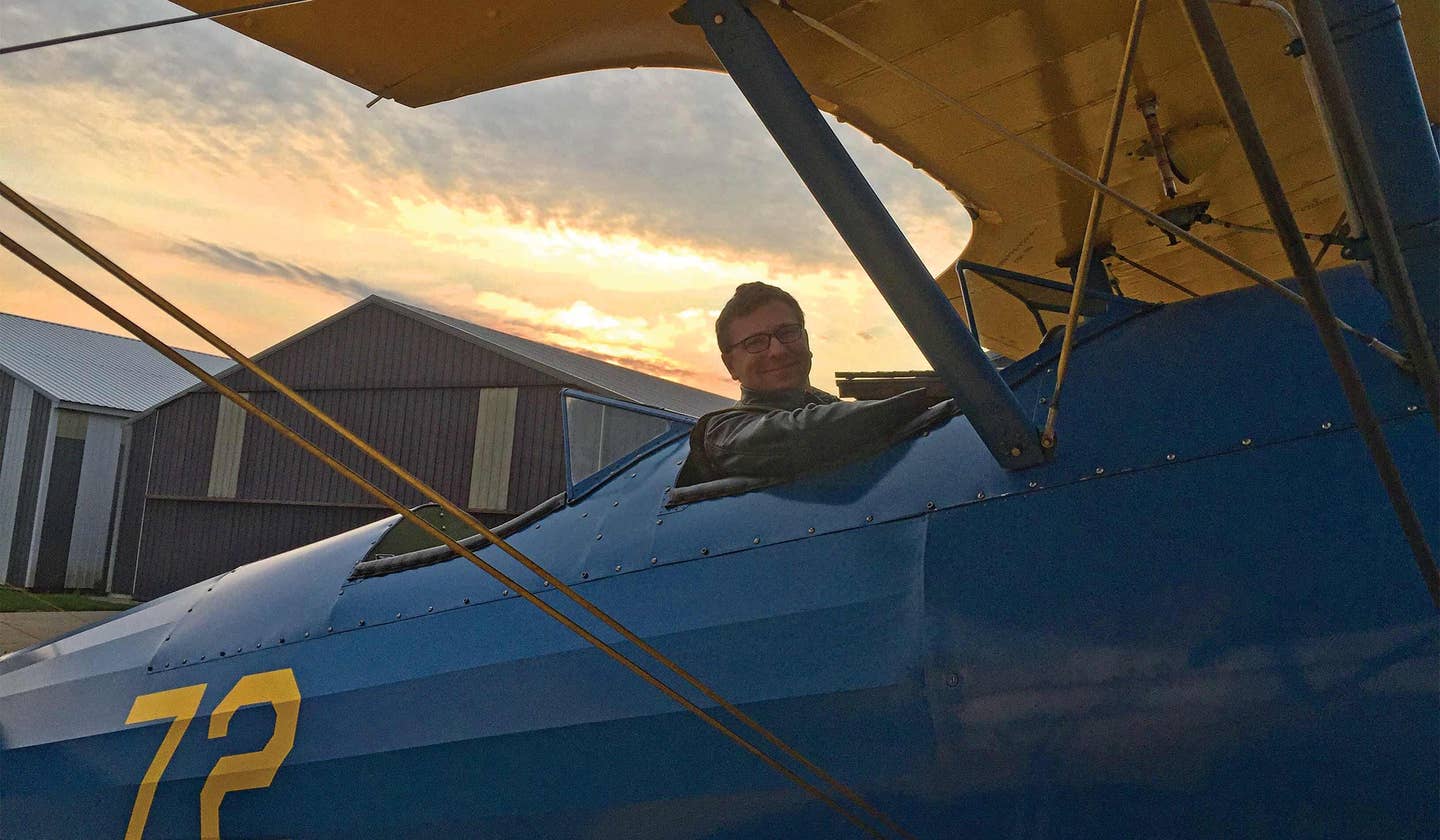
My infatuation with Stearmans began at 7 years old, and it hasn’t dulled since. Sam Weigel
My infatuation with Stearmans began at 7 years old, when, while piled into the back of our Oldsmobile Cutlass station wagon on a family road trip to Florida, I spied a barnstormer in a brilliant blue-and-yellow airplane plying his trade from a nearby airstrip. I pleaded for my parents to let me take a ride, and they actually discussed it, but decided the cost was well outside our tight vacation budget.
Soon tin models of all four Red Baron Pizza team Stearmans adorned my bedroom, and a poster as well. There’s just something about that airplane that looks exactly like a classic biplane should, in ways that other iconic examples, such as the Camel, Jenny and Tiger Moth, do not. You start with the tall stance, nose pointing expectantly to the sky; add the beefy, muscular airframe straining against the taut fabric that envelops it; mix in a big old uncowled radial engine swinging a giant polished prop; and tie it all together with a symmetric web of struts, braces and drag wires. It looks like an airplane built to take you to hell and back, just in case you ever get tired of lolling over golden cornfields in the sunset hour. It happens to be my wife’s very favorite airplane, so Dawn and I inevitably end up seeking out Stearmans at airshows and fly-ins.
And yet I had never flown one, at least not until recently. It’s not like there hadn’t been any opportunity to do so; I’ve met a number of Stearman owners and operators over the years. I suppose I was just too cheap to pay for a ride and not quite brash enough to beg my way into one. I figured it’d happen eventually. And indeed, this past August, as Dawn and I were preparing to head back to Minnesota for an overdue visit to our families, Todd Anderson emailed me, inquiring if I’d be around anytime soon and interested in going flying in his PT-17. Talk about great timing! I jumped at the chance, and we set a date for a few weeks hence.
I first met Todd three or four years ago, while I was a member of the Yellow Cub Club but before we bought our Pacer. Dawn and I had been admiring his beautiful blue-and-yellow Stearman from afar; it seemed to be flying nearly every time we were out at Airlake Airport (KLVN) to fly the Cub. Finally, one night we were returning from sunset patrol when I spied his plane parked outside his open hangar door; we taxied over, shut down and introduced ourselves to the gregarious family assembled within. It turned out that Todd is a senior captain for my airline, while his sons Blake and Brett had just started flying for the regional airline at which I used to work. Dawn hit it off with Todd’s outgoing wife, Sue, right away; like Dawn, she’s a nonpilot but loves to fly and has a lot of aviation knowledge. The Stearman is a flying-club airplane of sorts; all four family members use it regularly, which is why we saw it flying so often. Sue also happens to love J-3s, and we quickly worked out a trade: I took Sue flying in the Cub, while Todd treated Dawn to her first flight in her favorite airplane. At the same time, he offered to take me up, but we just never got around to it. We saw the Andersons regularly, but usually at the end of a day of flying, as the sun was going down.
And then Dawn and I sold our house and the Pacer and bought our sailboat, Windbird, and finally gave up our membership in the Yellow Cub Club when we left Minnesota to start cruising. We lost touch with the Andersons for about a year, until Todd emailed me. His offer was particularly welcome not only because of the chance to fly a Stearman, but because I hadn’t flown any GA aircraft since the previous October and missed it terribly. We had every intention of spending hurricane season visiting friends and flying friends’ airplanes, but in reality, most of the summer was spent working overtime to build up our cruising kitty (don’t cry for me; I was mostly flying to London, Paris and Amsterdam), and the rest of the time was taken up getting Windbird ready for the next cruising season.
If life were a movie script, then the appointed day would have dawned bright, clear and still, the birds would be singing and we’d lift off just as the rising sun kissed the freshly cut hayfields and melted the last curling wisps of ground fog from the meandering river bottoms. Alas, in reality it was a bleak, leaden day, with a 5,000-foot overcast that lowered to a dark smudge on the western horizon and foretold the coming of midmorning rain. Nevertheless, Todd, Sue and Blake were at the hangar at 7 a.m. with coffee and doughnuts. We hung out for a while, catching up on our respective lives. Todd recently transferred from the soon-to-be-retired Boeing 747 to the newer 777, while Blake was just hired at our airline and about to begin training on the 757/767. Todd still has a few years left to go, and at the rate we’re hiring there’s a decent chance he and Blake will get to fly together before retirement.
After chatting for an hour, it occurred to us that we’d better go fly if we wanted to beat the weather. Todd and I donned our parachutes, and I carefully climbed up the lower left wing and sunk myself into the cavernous cockpit. The two sets of seat belts left me momentarily confused until I remembered this is an open-cockpit airplane and staying attached to it is a pretty critical aspect of any zero- or negative-G maneuvers! One belt is anchored to the seat, the other to the airframe. The goggles and cloth helmet integrated with headset was another new one to me. After I was set up and settled in, Todd climbed into the back cockpit, fired up and S-taxied out to Runway 30. Once the oil warmed up, we took the runway and the rumbling radial roared to life. After takeoff, Todd turned the controls over to me. It turns out that a 220 Stearman handles surprisingly like a Cub! The control forces are slightly higher, but the response rate is very similar, the climb rate with two aboard is about the same, the amount of adverse yaw and rudder required in a turn is quite analogous, and the speeds used (in knots) are identical to those of the J-3C (in miles per hour). Yes, this is a 220 hp airplane — but it’s also nearly 3,000 pounds maximum takeoff weight, and with a whole lot of drag to boot.
Southwest of the Twin Cities, I climbed to 5,500 feet and turned the controls back over to Todd so he could go through his routine for an upcoming airshow. Nothing terribly fancy here: aileron roll, loop, Immelman, Cuban 8, square loop, hesitation roll. Still, I don’t do acro very often, and the forces involved always catch me a bit off guard, especially on negative-G maneuvers. For starters, I’m reminded of the supreme importance of tightly cinching down one’s lap belt before going upside down! By the time I rectified the matter, Todd was done with his routine and he handed the controls back to me to have a go at it. I made a mess of the first few maneuvers, but Todd was patient in correcting the error of my ways. I certainly don’t claim to be a “natural stick,” but I’m a reasonably trainable monkey: It only takes me a few screw-ups to muddle my way through to a semblance of competence.
After an hour of flight, the ceiling had definitely lowered, and fat splats of raindrops on the windscreens chased us back to Airlake. We “dusted the strip off” on our first pass, and then Todd took the controls to land. He quite wisely was not about to trust his pride and joy to an airline guy who hadn’t landed a taildragger in 10 months. Proficient as he is, Todd caught a “tweener” — not quite a three-point, not quite a wheel landing — and in a jagged swerve and some quick pedal work, I sensed how demanding this tall, narrow-geared airplane can be. For many young men training to go off to war 75 years ago, this was often only the second airplane they’d ever flown (or flown in).
Todd “flew it till the last piece stopped moving,” which was outside his hangar, and thus ended my first Stearman flight. I really enjoyed it, though to be honest I would have gotten nearly as much satisfaction getting back in the air in any GA airplane. I enjoy airline flying, I really do, and when I haven’t flown GA in a while I delude myself into thinking that my job does a good enough job of scratching my flying itch. It doesn’t, though, because it lacks the thing I enjoy most about general aviation, the wide-open sense of freedom. In airline flying there’s always a mission to be accomplished, with the attendant challenges and satisfaction — but there’s none of the freedom of a full tank of avgas and a couple of hours to kill, messing around in old airplanes with your flying buddies. It’s flights like this one that remind me what I love about GA, and keep me coming back for more.
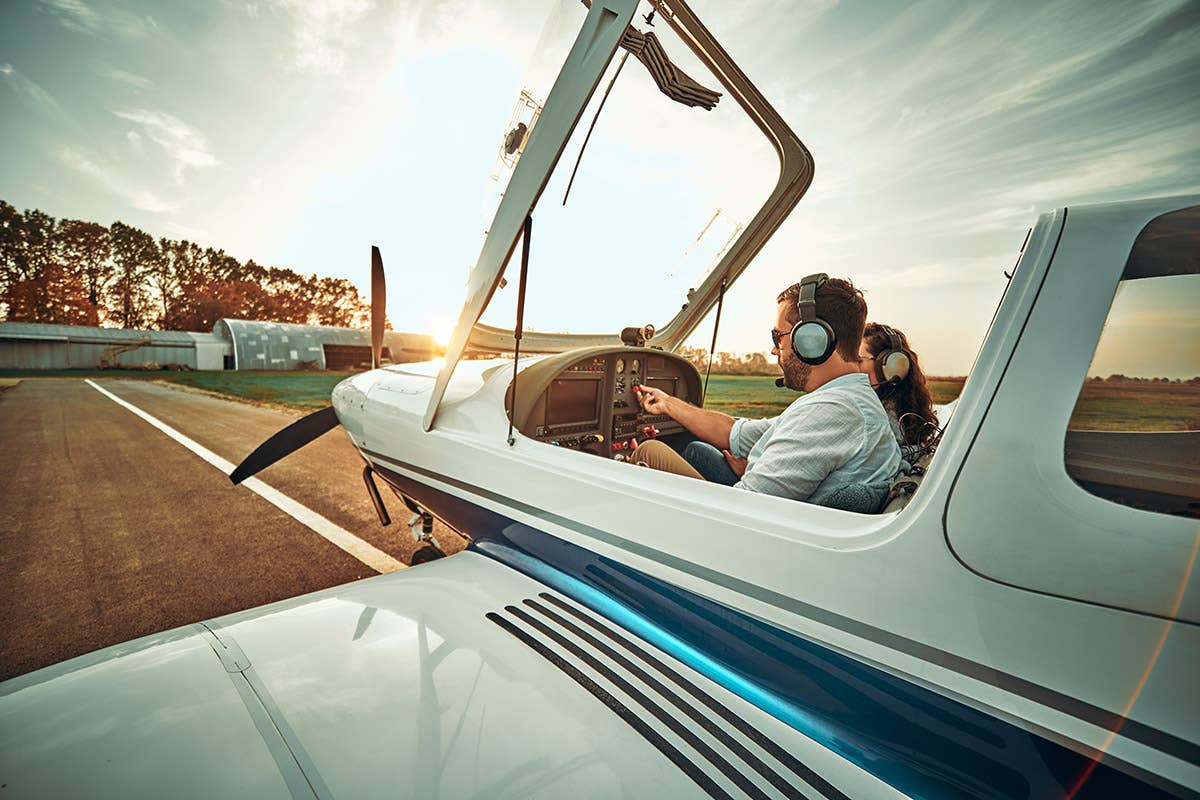
Subscribe to Our Newsletter
Get the latest FLYING stories delivered directly to your inbox


